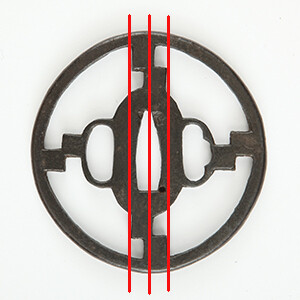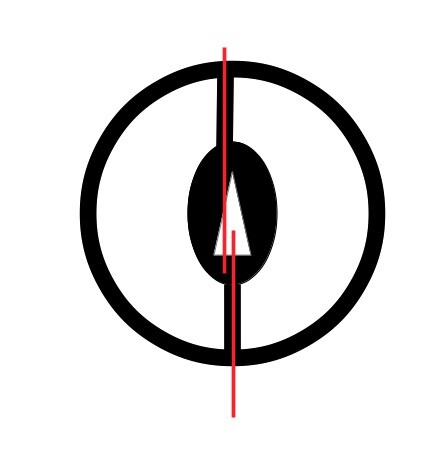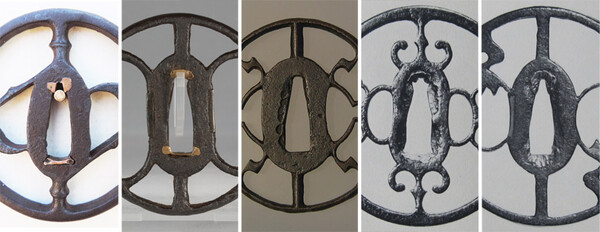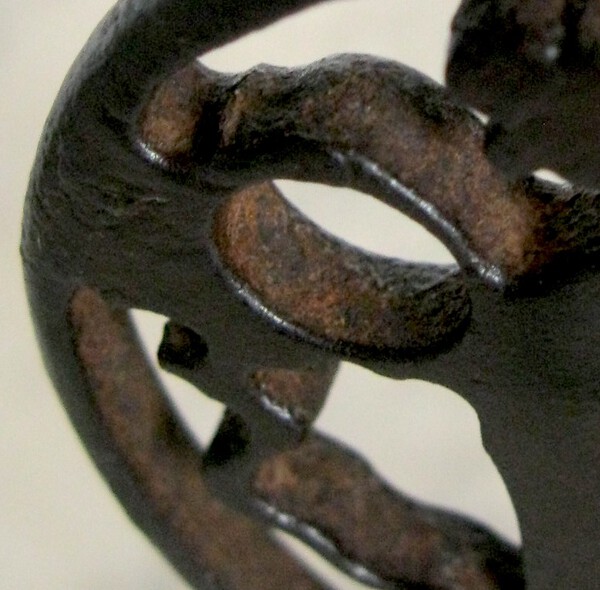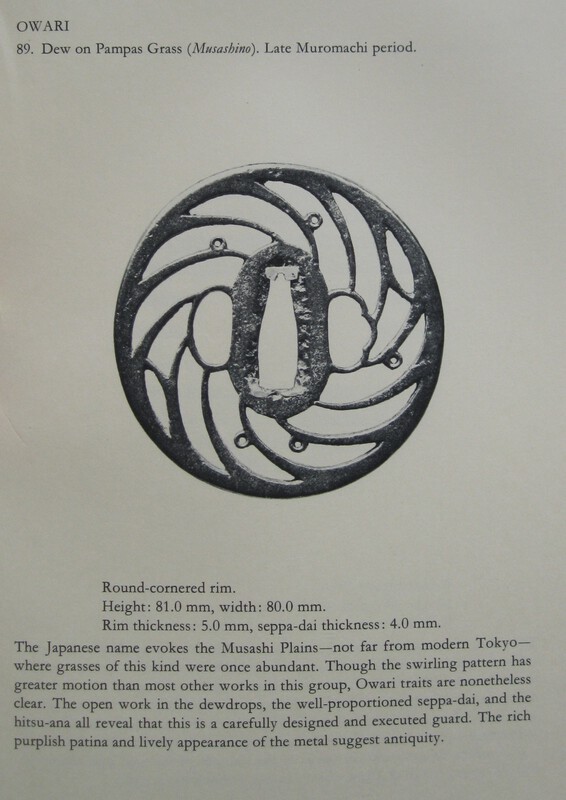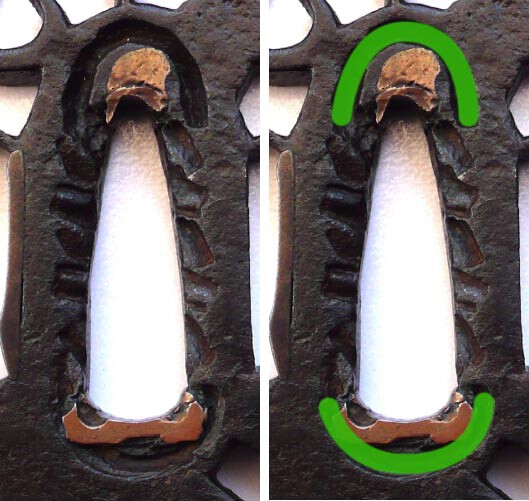-
Posts
380 -
Joined
-
Last visited
-
Days Won
1
Everything posted by FlorianB
-
Jean, lovely Tsuba with wonderful movement! I don’t recognize the design, maybe a weaving pattern, flash of lightning or modiefied manji, but it was clearly made intentionally. Look at my sketch below You’ll see, that a vertical was held. Thus the general impression is slanting but not unstable. Of course there are little variations, but this is acceptable - possibly intentioned to create a more livley effect. Florian
-
Thank You for Your input - there’s something to think about. Of course I recognized the purpose of a firm connection between seppa-dai and mimi, but it seemed too obvious in my eyes. Often a pair of karigane or myoga can be seen instead so I considered a symbolic or other reason in this single beam. Allow me one more question: Years ago I was shown an alleged Muromachi-Tsuba with a centerline. However, the upper and the lower fillet were not exactly in line but slightly misplaced (alas, I have no picture so please refer to the simple sketch below). That seemed unaesthetic to me. Was this Tsuba indeed of inferior make or wasn’t I able to appreciate an intentioned asymmetry? Thanks again, Florian
-
Hello everybody, maybe someone can sort out a problem that bothers me. There are several Sukashi-Tsuba with an accentuated vertical centerline (some random examples assembled below). Is there a particular idea in this design or was it just a kind of fashion in certain times? Thanks, Florian
-
I’m not an expert but judging by these pictures I would say Shoami at its best. But it's just a shot in the dark. Try the search at the Boston MFA: http://www.mfa.org/search?search_api_views_fulltext=tsuba%20shoami&page=1, there are some to compare with. Maybe that helps to get an idea. Furthermore unfortunately the nunome seems missing partially due to use. Any pictures of the reverse? Florian
-
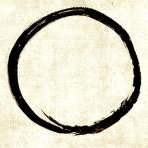
What Does The Term "art Sword" Mean To You?
FlorianB replied to Alex A's topic in General Nihonto Related Discussion
Quotation from above: “ "Swords are utilarian objects before all". They are not anymore and modern swords are still considered as art.” Maybe it wasn’t expressed proper: a sword - if old or modern - has to be a functioning weapon at least - even if it isn’t used in battles nowadays. Please remember: the tiniest hagire kicks a blade from the heights of art to the hollow of scrap because it is considered to break IF You would fight with it. The usefulness of a sword is therefore one aspect of the art. Florian -

What Does The Term "art Sword" Mean To You?
FlorianB replied to Alex A's topic in General Nihonto Related Discussion
Interestingly I have struggled with this term many years ago. This is - in short - my answer: A smith has an idea of how a blade should look like. Every step of his work has irreversible consequences to the final result. And the result could only be seen after polishing! So: The better a smith controls the steel the better the result is. An Art-Sword has to be technical perfect (including its function) and should show the smith’s intention clearly. The aesthetic value results by what we see on the blade - shape, hada, hamon et cetera. And the aesthetics could only be appreciated by understanding how a blade was made. There’s a lot more to say (and I have to stop myself by doing so) but I think this is the essence. Florian -

Could Use Some Help With This Tsuba
FlorianB replied to mareo1912's topic in General Nihonto Related Discussion
I have still doubts. Certainly an auction house would not admit offering junk - they just want to sell. I don’t know what interest You have in this peculiar tsuba but my advice is: be careful. Nearly 1300 Euro (PLUS additional charge and VAT about 16 - 1700 Euro) is an amount of money You should better invest in a distinct quality. Florian -

Could Use Some Help With This Tsuba
FlorianB replied to mareo1912's topic in General Nihonto Related Discussion
Hi Marco, judging by the picture the Tsuba is junk. I don’t know to which auction house You do refer, but serious auction houses won’t offer cast things. There are experts who judge the items if they are worth to be offered. Nowadays (as far as my experience goes) Tsuba below the middle class are even often declined. However, speaking about auctions I think it is worth to take the chance for preview. Here You can handle the auction items and train Your eyes on different qualities. This is by far more important than looking at pictures. If You could not manage study the auction catalouges also to get a feeling for prices. Look for the results, too. Catalouges and results should be nowadays online available. Best, Florian -
Hello, defintiveley not an very old one. The motif is what Jean wrote and You can consider if the two dots at the bottom are udenuki-ana. The otafuku-gata-shape hint to Edo period. The tomoe is adapted to the shape - this is a later design attitude, too. The large halfcircled hitsu-ana can be found on later Edo period examples (Higo and others). The surface looks old with it’s rough structure - however it looks too perfect to be a result of rusting over the centuries. It’s artificial done by chiseling. As I said before on this board there are Tsuba from 18th/19th century so cleverly done You think they’re very old at the first glance. Finally, though I’m not able to sort out the school the combination of styles and motif elements hint IMHO to late Edo (18th century at the earliest). Florian
-
Hello, I’m convinced You did a careful job and certainly I don’t blame You of any fire-treatment. But I repeat: the inner sides must not been cleaned! The shot I’ve made isn’t best quality but I hope You get the point. Note the contrast of the polished plate as well as the rim and the unpolished (though slightly rusty) inner sides. Especially on filigree motifs the rust can be very deep, so if You rub off the rust eagerly holes could appear and even the delicate bars simply could crumble to nothing. FlorianB
-
Hello, it seems, that the inner sides have been elaboratly cleaned, too. This should never be done! However, several spots with a dull appearance and the crusty patch on the seppa dai hint to damage by fire - so it’s not a great loss. FlorianB
-
Hi Evan, the shot was taken from Masayuki Sasano’s “Early Japanese Sword Guards - Sukashi Tsuba” published 1974. I remembered this peculiar tsuba because of the rather unusual design that seems not typical for Owari. Furthermore it is the only one with Musashino motif in my books and picture collection with pierced dewdrops. Florian
-
Evan, indeed a gorgeous tsuba! Judging by the pictures alone and without knowledge of the dimensions the steel surface and the seppa-dai (as mentioned above) could hint to Kyo, because of the sturdy execution it shows otherwise Owari traits. But that's only speculation. It was a very popular subject so I think, also other schools can be considered. I'm not sure, but are there horizontal layers visible in nakago-ana and the hitsu-ana, too? I found a similar Owari-tsuba in Sasano's book, classified as late Muromachi. Yours must be later, IMHO about early Edo - Genroku. Florian
-
Jean, at first I thought so too, but the linear traces appear only partial on the rim and they aren't easily visible so I was lucky to catch them in the shot. Florian
-
Certainly I know about the general function of these protrusions but I’m eager to know what the artist depicts in them. So I risk to annoy - or bore - You all. Concerning the function of an artist I have been misunderstood. I meant that we can’t compare a traditional metalworker with a contemporary artist producing - for example - abstract pictures or objects and interpret these however he likes. So the design of the menuki could’nt be abstract but was derived from anything of Japanese origin. The suggestion it could be a drum is very helpful. Thanks Markus! Indeed I forgot that tomoe are a common decoration on drumheads and I will research into this subject. Florian
-
Guido, I get Your point, but the presented extensions depict pincers, bars, ken and even the rhombic design in Ray’s menuki can be easily identified as matsukawabishi. I‘m afraid to become a nuisance, but taking into consideration that the metalwork artists get their motifes out of everyday life, nature, history, religion and so on I can’t imagine that the design shown in this peculiar menuki should mean nothing. It is too exceptional and elaborate executed to be a result at the whim of an artist. However, be it as it may - perhaps future will bring an answer. Florian
-
Tomoe-mon are often depicted on roof tiles as protective charms. I wonder if the upper half depicts a simplyfied roof which is mirrored to get a balanced design. Florian
-
Hello, I saw this pair of menuki offered on the Aoi-Art-page : https://www.aoijapan.com/menuki-mumei-tomoe I wonder, what is shown here? There’s no need to talk about the tomoe-mon, but I have no idea what the strange form in the background should be. Is it some kind of implement? Maybe You could clearify it. Best, Florian
-
Tosho tsuba have been made until late Edo and some of the later ones are so cunningly made they look older as they are. Thus it is sometimes difficult to determine the actual age. Your Tsuba seems to be an old one. However, from my point of view the nakago-ana appears newer. Note the sharp-angeled edges - in comparision to the smooth edges of the sukashi - and the notches left for sekigane. This don’t fit to Ko-Tosho. At least it is not in the original form but has been modified later. FlorianB
-
Thank to Markus - the correct name is very helpful! Also thanks to John for his further particulars! Best, FlorianB
-
Gentlemen, in Mr. Hawley’s book about “mon” is mentioned in connection with the “myoga-mon” on page 33 a deity named MANDARASHIN (or Madarashin as it is written there, too). Alas, I can’t find anything about this god although he seemed to have been very popular in the Muromachi period. The only hits in the internet are sides repeating Mr. Hawley’s lines. Because of private research I would be glad if anybody could tell me more about this god. FlorianB
-
Again thanks for Your opinions. In case of Japanese blades it is in most cases a downgrade when the style is not typical for a smith or school (kawari-deki). In how far this applies to tsuba as well I don’t know. Recently I’ve heard by an expert that even the traditional classification of tsuba-”schools” has to be reviewed because many producers worked in different styles either because they where inspired by other works or to satisfy customers wishes. My tsuba maybe seems to support this assumption. Florian
-
Hello, thanks for Your answers - and the enlightment. Of course I’m fully aware that You can not take ONE detail into consideration and ignore the rest. However, I just wanted another opinion to what I’ve heard about these tagane. At least I’m not wondering any more that the paper accompanying this particular tsuba claims it to be made around Genroku. This “discrepancy” would have been my next question - no need any more. Sincerly, FlorianB
-
Gentlemen, in the picture below You can see yose-tagane above and below the nakago-ana (on the right side highlighted). I was told, that this special kind of tagane were in use during Muromachi-period to fit the tsuba to the tang. Later on (as You are no doubt aware) soft metals have been used for this purpose. So, is it a rule that the age of a tsuba can be pinned down to Muromachi by the appearance of these yose-tagane? Sincerly, FlorianB
-
Meanwhile I’m wondering, too, about the request. Do You want to get in contact with collectors of this special topic to exchange experience and knowledge? Sincerly, Florian


